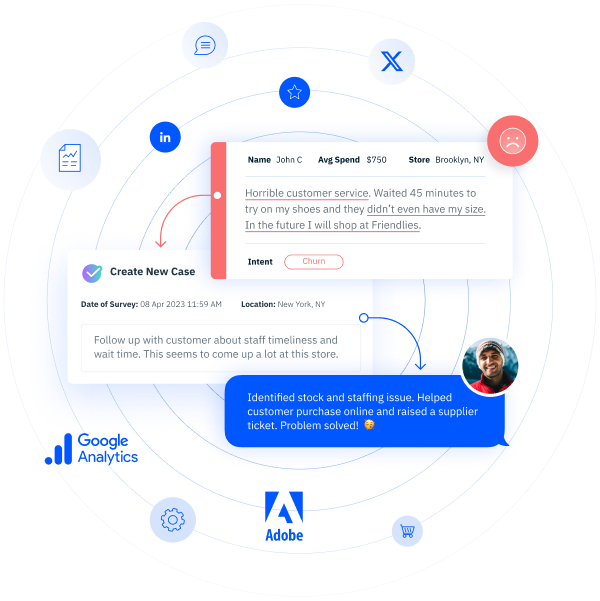With stories of Black Friday UK shopper mayhem all over the news closely followed by Cyber Monday, it’s clear the Christmas shopping season is well and truly upon us. Scores of customers are headed to your brick-and-mortar stores in search of great deals.
But value isn’t all festive shoppers are looking for. Across the board, consumers are also hoping to find exceptional customer experiences that allow them to shop on their terms, using the newest technologies to drive their choices.
For many retailers, this is the “make or break” time of year, accounting for 30 to 70 percent of their annual sales. The point often missed is that while a 30-day shopping window determines survival, the ability to deliver first-rate customer experiences is what brings customers back and determines longer term success.
Improving customer experiences
There is clearly an imperative for exceptional customer experiences at this time of year. Since the festive season represents many consumers’ first interaction with your brand, your ability to bring seasonal buyers back after Christmas hinges on the quality of your customers’ experiences this month. This may be your only time to create a positive impression.
But relatively few brands emphasise the delivery of high quality customer experiences in the Christmas rush. Far too often, customer service takes a backseat to moving as much product as possible with little regard to the experience surrounding it. Although it may be necessary to staff up stores with inexperienced, seasonal workers, temporary staffing without adequate training and a clear sense of company mission to deliver a great retail experience presents a serious threat to the brand.
Alongside an investment in experience training, it’s critical to provide near real time customer feedback in order to stay on track and keep serving up great experiences as a top of mind activity for all staff. Here are a few simple ways to do so:
Empower Local Managers
The worst thing you can to do to local store managers is to funnel massive amounts of unanalysed data and undifferentiated feedback to them and expect them to convert it into meaningful insights, especially during the year’s busiest shopping season. Rather than overwhelming managers with information that really isn’t useful, respect that they need to spend the vast majority of their time on the shop floor. Empower them with real-time customer feedback insights that make clear in just a few minutes what their local store issues are and what they should work on to provide great experiences.
Provide Actionable “Right Now” Strategies
Complex retail reporting tools are in abundance but they don’t always make clear today’s winning moves. Providing actionable, data-based strategies that can be acted upon “right now” is essential. Store managers need to be freed up as local leaders to focus on the rapid implementation and execution of plans to improve the quality of the customer experience throughout the Christmas shopping season.
Leverage Social Learning
It takes time for store managers to learn how to intuitively respond to customers’ concerns. But collectively, your brands’ store managers have a vast base of knowledge about specific strategies and actions that can improve the customer experience during the Christmas season. Consider leveraging virtual knowledge sharing and other technologies that enable social learning across the brand.
In many ways, Voice of the Customer (VoC) tools are your brands’ best resources for improving local customer experiences during the festive season. By implementing the right technologies, you can significantly increase your ability to provide location managers with the real-time, actionable insights they need to truly delight Christmas shoppers and keep them coming back throughout 2014 – and that should add up to a Merry Christmas and a prosperous New Year!
